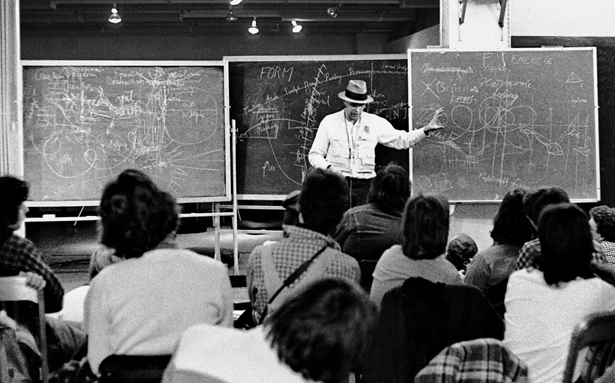Measuring the Immeasurable: Further thoughts on Cowdroy and Williams
Measuring the Immeasurable: Further thoughts on Cowdroy and Williams
‘The third step is to presume that what can’t be measured easily really isn’t very important’ — Macnamara’s Fallacy (Yankelovich 1972)
Once again, Linday pointed me in the direction of an interesting essay on Measuring the Immeasurable which has helped develop my thoughts on defining creativity (refer to my post Defining Creativity 22/01/20).
The essay (I can’t find the name of the author) speculates on the importance of judgement rather than measurement and assessment and how artistic subjects run the risk of becoming mathematical and painting by numbers if the wrong types of marking criteria are imposed upon them from ‘external factors’. Echoing Morris’ ideas on education (in a previous post) the writer values ‘natural’ experience rather than always being taught suggesting that students can sometimes take a journey without a map, as well as doing things that can be clearly assessed.
In my previous post on this subject I wrote about how the marking grid could be tailored for certain students. The writer of this paper calls this Ipsative assessment (I didn’t know this had a name so it’s a major turning point in my thinking) where the marking criteria comes from discussion with students and self reflection. This would mean (again echoing Morris and Rousseau) a refocusing of the centrality of creativity to the experience of being human. We might include arts at the core of the curriculum with Ipsative assessment and self-evaluation recognised as ultimately more useful than any complicated division of teaching judgement we might invent. To quote Broedfoot (1993) ‘we are witnessing the emergence of a new assessment paradigm in which it is learning itself, rather than simply the measurement of that learning, which is its central purpose’ (cited in Klenowski 1995 p.145) The teacher may be of greatest importance not in judging the worth of whatever the students’ creative journey produces, but in teaching of reflection and self — evaluation so that the student may learn to celebrate but all to discipline their own output. Similar, in fact, to Newman’s ‘Gentleman’ who doesn’t teach, but stands as a figure of virtue to mimicked.
